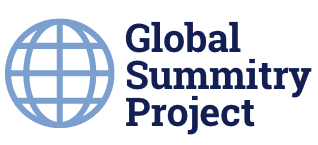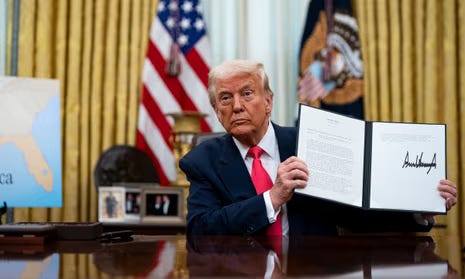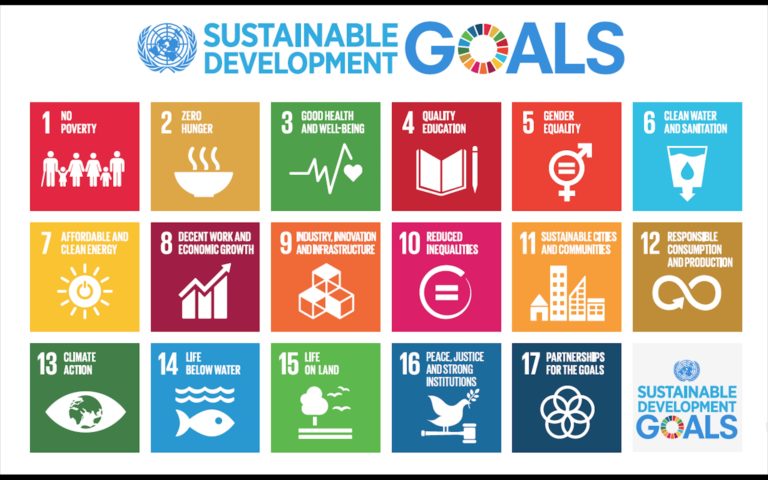I see, and I’m sure you have as well, the repeated refrain that describes the current disorder brought on by Russia in Europe, US-China actions in the Indo Pacific and the recent dramatic Trump undermining of Europe, NATO and Ukraine all leading to the following:
Now that the US itself has become the disruptor of the international system, new leadership is required. A “Committee to Save the Rest of the World” could coordinate a multilateral response to the unilateral Trump agenda and prevent a repeat of the history of the 1930s
This description and consequences of the recent Trump actions is by Bert Hofman at the Hinrich Foundation, but it has been expressed by many others recently. How to save the Order? And what do they mean when they determinedly reference the 1930s and the evident, so I presume, war’s outcome as a result. The current global setting and major power actions seem to provide an Order of growing disorderliness and rising conflict. And, I suppose Russia is today’s replacement for Nazi Germany. So, there appears to be some structural, or global order parallels. But in the comparison, are there the current driving powers and the various accompanying states that have arisen today? Do they match in some manner the past powers that drove forward their imperial dreams? I’m just not clear what the historical analogy means in today’s troubled world.
One perspective, however, does seem to be helpful, however, and may reflect a more than passing similarity to the earlier period. It is described by Joel Ng, in a commentary he wrote for the S. Rajaratnam School of International Studies (RSIS) at Nanyang Technological University in Singapore and titled, ““Prospects for Multilateralism at the End of the Liberal Order”. Ng published the piece late last month where he there suggested:
It is now obvious that the US will behave like a pre-World War 2 great power and not adhere to the rules it had created. This upends the international rules-based order insofar as it overlaps with a liberal order that is now dissipating. The danger is in multiple states following suit as they see that the world’s policeman is gone, and indeed, many states are already choosing this path as conflicts proliferate around the world.
So it is troubled powers acting in disorderly ways in a rising tide of global disorder. That appears to be a reasonable comparison to the interwar period. Centrally today we have the ‘world’s policeman’ acting like all the others and ignoring the rules-based order it was central to creating.
Today’s troubled world was certainly brought home to me recently as I joined the CWD, the China West Dialogue, in our most recent virtual gathering. My lead co-chair, Colin Bardford, set out various issues that we targeted for the session including ‘a’, if not ‘the’ central concern, the behavior of Trump and an effort to understand, fully, Trump’s disruptiveness. We were seeking in the session to articulate how others, including Middle Powers, regional powers and institutions, even the Informals, like the G7 and the G20 might find ways to “hold the international system together”.
And what disruptiveness there has been in the short time – though it seems already forever, that the Trump administration has retaken the reins of US foreign policy. And what disruption there has been. I think it’s worth reflecting on Trump’s key foreign policy initiative, ‘tariffs’. This week Fareed Zakaria in WAPO underscored the futility of Trump’s favorite strategy in a piece: “Trump’s manufacturing dream is a mirage: The most advanced economies in the world are dominated by services.” As Fareed argued, along with, I might say, many, many others, not Trump and his loyalists of course:
At the heart of the Trump administration’s policies is one overarching goal: in Vice President JD Vance’s words from a speech this week, it is to stage the “great American manufacturing comeback.” Donald Trump believes that the key to transforming the United States along the lines that he wants — economically, socially and politically — is to revive the factories and foundries across this country. Unfortunately, not only is it highly unlikely to happen, but the efforts to move in this direction will be costly and damaging for Americans.
The most advanced economies in the world today are almost all dominated by services. Services account for the vast majority of jobs in the world’s richest industrialized countries. In the U.S., services account for more than 80 percent of all nonfarm jobs. Manufacturing is less than 10 percent. America’s distinctive exports to the world are software and software services, entertainment, financial services, and other such intangible things — and in these, the U.S. runs not a trade deficit but a surplus with the rest of the world.
Over the past 40 or 50 years, manufacturing as a share of the total economy and manufacturing jobs as a share of total jobs have steadily declined in almost all advanced industrial countries. U.S. manufacturing jobs made up around 25 percent in 1973. Today, they make up about 8 percent. You see very similar declines in Britain, Canada, and even places that were traditional manufacturing strongholds, such as Germany, France and Japan.
And Fareed describes the failed efforts of other advanced economies, especially, Japan, to secure and, or retain, manufacturing and using tariffs to assist only to fail, leading Fareed to conclude:
The effort to revive manufacturing via protectionism is an effort to defy basic economics. In a free market, people and countries are forced to specialize, moving to those things they can do best. I quoted Vance earlier from a speech he gave at the American Dynamism Summit. In it, he explained that the Trump administration would use tariffs to protect domestic industries but promised them lots of tax breaks and government support to innovate. But the long history of capitalism tells us that countries and companies don’t innovate because of tax credits and depreciation. They do so because of competition.
Now finally, my colleague Stewart Patrick at the Carnegie Endowment for International Peace (CEIP) has just described in a CEIP Commentary the ‘full force’ impact of Trump’s early efforts in a piece titled, “Trump Has Launched a Second American Revolution. This Time, It’s Against the World.” Here in summary form is Stewart’s excellent examination of the flood of policies Trump initiated:
American hands are shattering the institutional framework for global cooperation the world has long taken for granted. On the eve of the nation’s 250th birthday, Trump has launched a second American Revolution. He is declaring its independence from the world America made.
“An abdication of U.S. leadership and responsibility.”
By contrast, Trump perceives and indeed welcomes a cutthroat world in which norms and rules mean nothing, all relationships are transactional, and outcomes ultimately reflect the naked exercise of power.
“A mindset of sovereignty on steroids.”
The administration has embraced a defensive and distorted interpretation of sovereignty that is skeptical of international organizations and treaties.
“A denigration of the West—and U.S. alliances.”
In stark contrast with his predecessors, Trump lacks any solidarity with the other advanced market democracies that collectively constitute “the West.
Trump’s willingness to attack the West—evident in his confrontational approach to NATO, the G7, and the EU—has perturbed partners. Lacking confidence in America’s collective defense guarantee under NATO’s Article 5, Germany has begun talks with France and the United Kingdom about sharing nuclear weapons.
“A revival of spheres of influence.”
Trump’s strength-focused worldview is most obvious in his quest for a zone of exclusive U.S. privilege in the Western Hemisphere. His determination to annex Greenland and the Panama Canal, incorporate Canada as the fifty-first U.S. state, and deploy the military to Mexico resurrects the Monroe Doctrine.
“A dismissal of international law.”
During his first term in office, the president sought largely in vain to weaken the international legal order. His return to power offers him another shot, in areas from human rights to territorial aggrandizement.
“A preference for bullying bilateralism.”
Given his transactional approach to diplomacy and international dealmaking, Trump unsurprisingly prefers to negotiate with other countries bilaterally, rather than in multilateral formats in which American power counts for less.
“Repudiation of economic multilateralism.”
The president has embraced destabilizing tariffs and rejected the MFN principle in favor of explicit bilateral reciprocity. In the words of one leading trade expert, “the WTO is toast.”
“A disavowal of global development.”
The Trump administration has decimated USAID and incorporated its remains into the State Department, with devastating implications not only for America’s national interests and reputation but also global efforts to combat poverty, hunger, disease, instability, climate disasters, and so much else.
“An abandonment of democracy promotion”
With his affinity for strongmen, Trump has reversed a decades long, bipartisan commitment to support democracy abroad.
“A rejection of global public goods”
Finally, the Trump administration denies any need for multilateral institutions to provide global public goods—or mitigate global “bads”—across a range of issues. The White House denies the reality of climate change, ignores biodiversity collapse, downplays pollution’s harms, and disputes the rationale for international environmental cooperation.
And with all this Stewart then concludes about Trump 2.0 and the revolution in US foreign policy:
Trump has launched his revolution against the world America made. But whether it spreads globally, meets resistance, or inspires counterrevolution is largely out of his hands. Beyond undermining long-term U.S. interests and credibility, the administration’s policies have created a vacuum of global leadership that others will compete to fill, for good or ill.
The open question then is are there pathways, and who are largely the self identified actors that will trod those difficult pathways to greater stability and collective global governance initiatives in the global order and in these efforts mitigate Trump disorder.
Image Credit: The Guardian


